The priest sits cross-legged, upright and wearing a large, geometrically decorated headdress.
The figure has a strong, majestic aura.
In keeping with the object, the lamp construction is made of bronze and features a striking base on which the object rests.
This authentic, ancient figure of a seated priest from the Mayan-Aztec culture of Mexico (CuiCuilco civilization)
was modeled from high-quality terracotta clay and artfully represents the rich tradition and
craftsmanship of the Central and South Americans.
Mexican ceramics are diverse and often decorated with geometric or floral patterns.
They are a mixture of artistic representation and documentation of everyday life, social hierarchy, and the diversity of society at that time.
The rectangular, brown, hand-painted shade completes the lamp.
Dimensions of the sculpture on the bronze base: W 9.5 x D 10 x H 17.5 cm
Cuicuilco is an important archaeological site located on the southern shore of Lake Texcoco in the southeastern Valley of Mexico, in what is today the borough of Tlalpan in Mexico City.
Construction of the Cuicuilco pyramid began a few centuries BCE, during the Late Preclassic period of Mesoamerican history. The site was occupied until its destruction by the eruption of Xitle, sometime between 245 and 315 CE.
Based on its date of occupation, Cuicuilco may be the oldest city in the Valley of Mexico and was roughly contemporary with, and possibly interacting with, the Olmecs of Mexico's Gulf Coast region (also known as the Olmec heartland).
Importance
Based on known facts, it was the first important civic-religious center of the Mexican Highlands, its population probably including all the social strata and cultural traits that would characterize the altépetl (city-state) of classical Mesoamerica.
Cuicuilco also represents one of the early sites in Meso America to show state formation. There is evidence of a four tier settlement hierarchy as well as having made investments in architectural projects. It became a rival of the Teotihuacan which was also located in the Valley of Mexico (about 60 km to the northeast). Their interactions were mostly hostile and was personified by both cities taking defensive positions against each other throughout the Valley of Mexico.
It was destroyed and abandoned following the eruption of the volcano Xitle, causing migrations and changes to the population and culminating in the consolidation of Teotihuacan as the ruler of the Central Highlands during the Early Classic period.
At the site are eight of the many housing and religious buildings that once existed and the remains of a hydraulic system that supplied water to the city. One of the pyramids was built in a strategic position, representing early prehispanic attempts to link religious concepts with cosmic events through building construction.


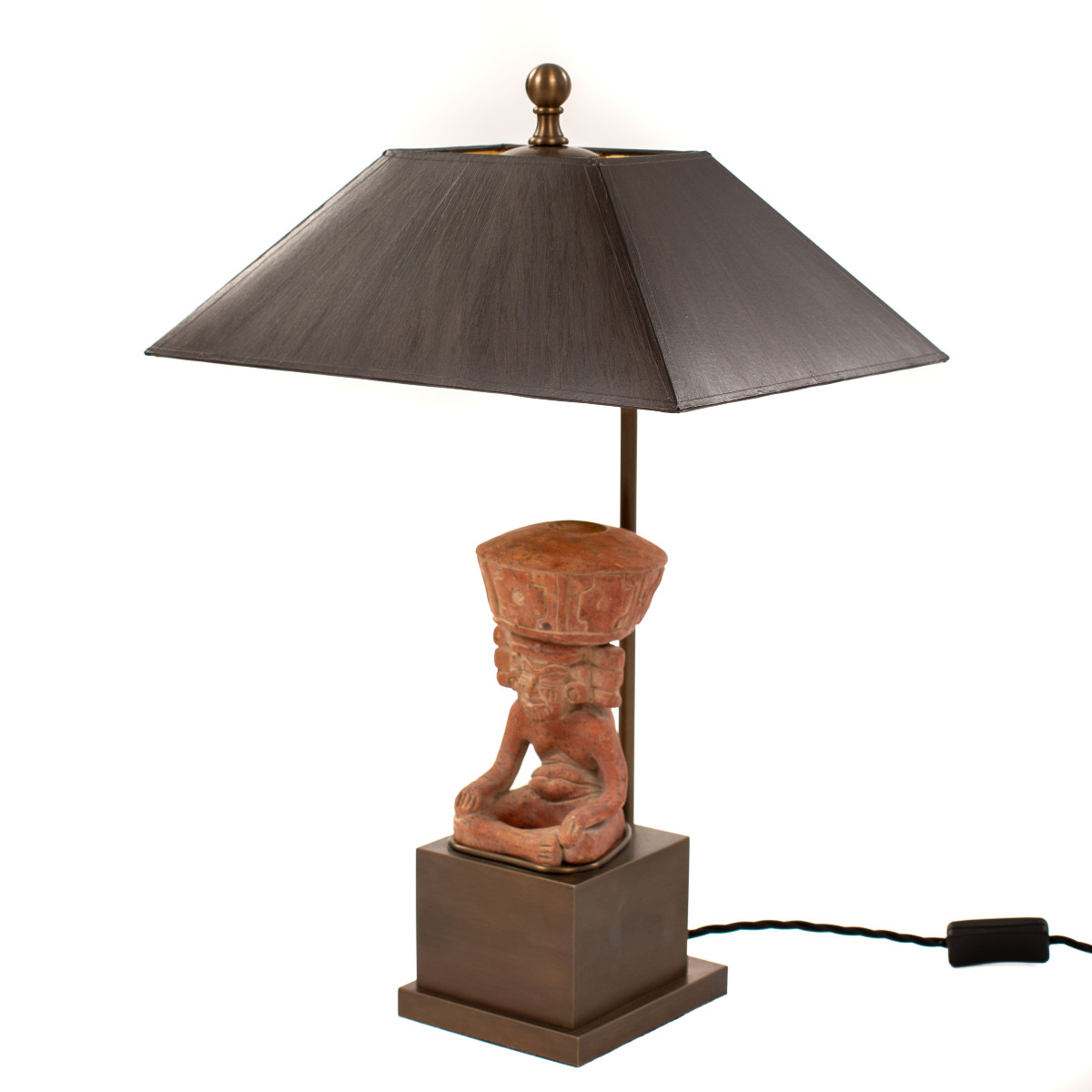




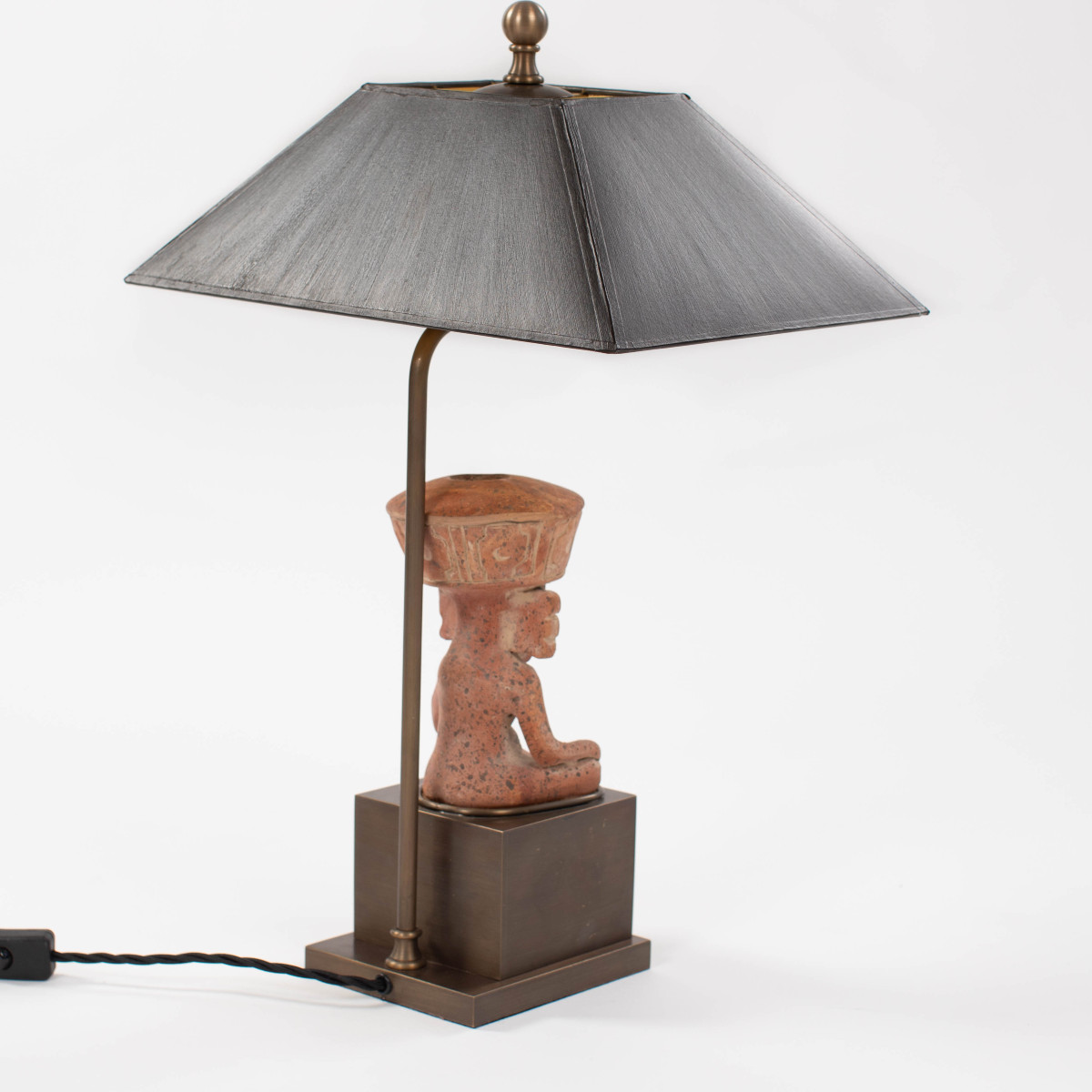

















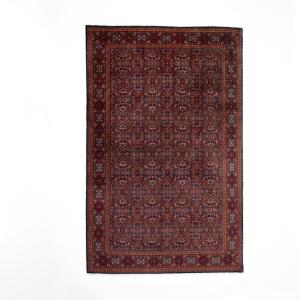





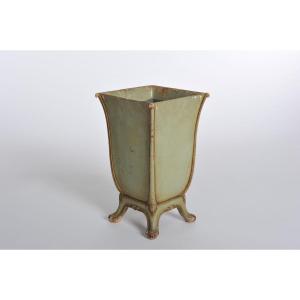
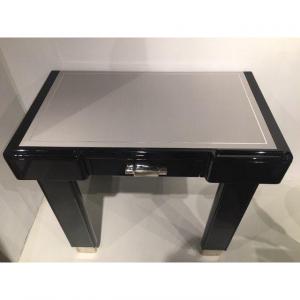










 Le Magazine de PROANTIC
Le Magazine de PROANTIC TRÉSORS Magazine
TRÉSORS Magazine Rivista Artiquariato
Rivista Artiquariato